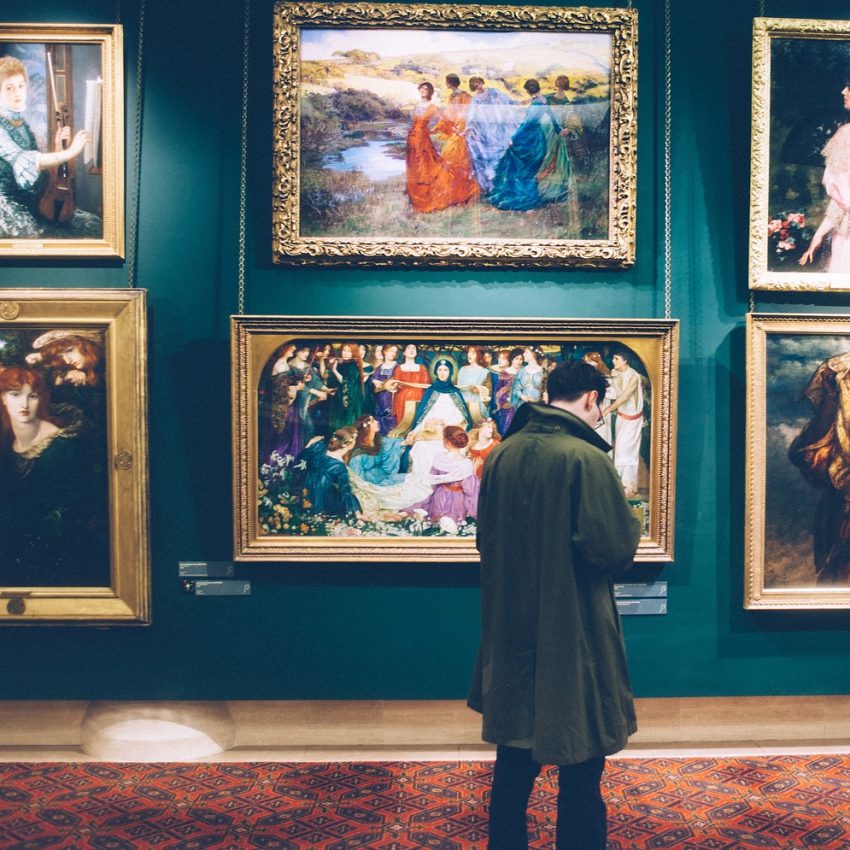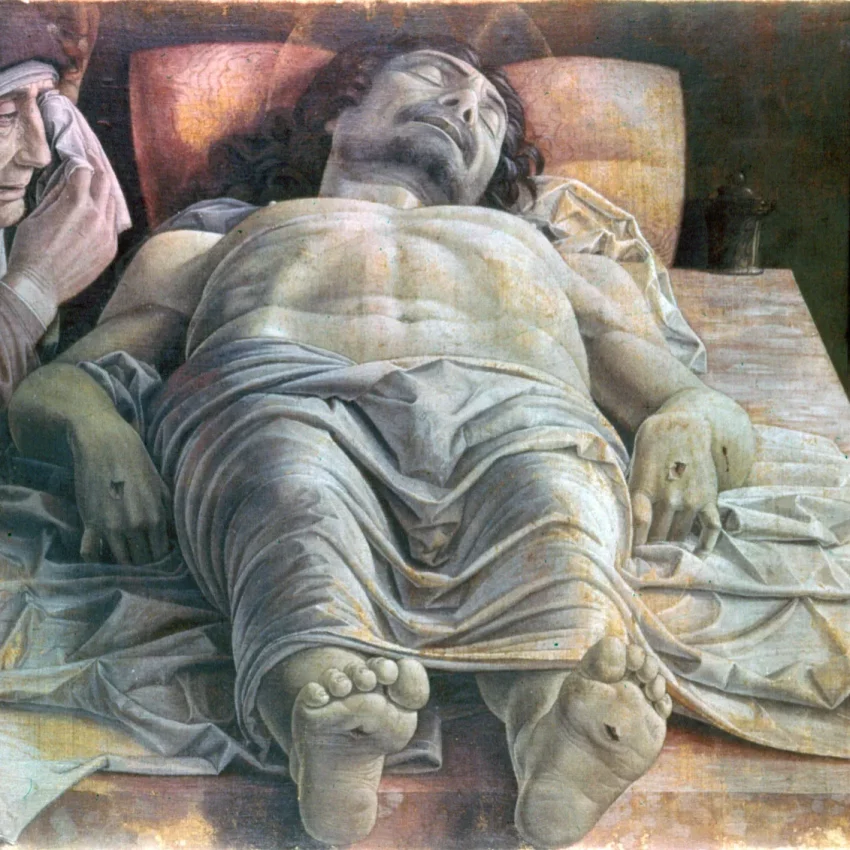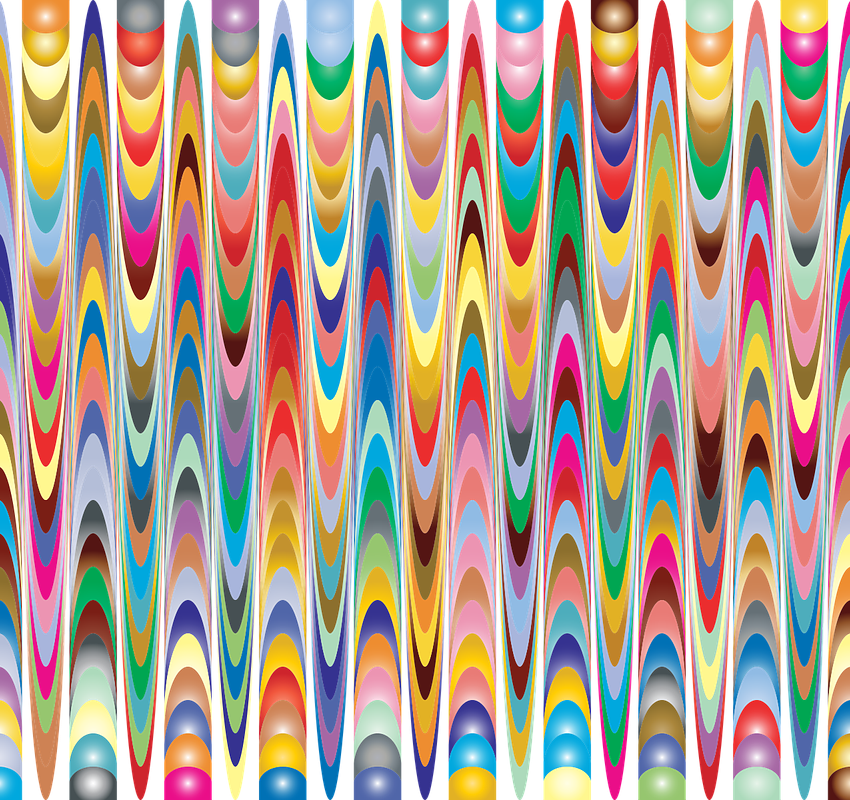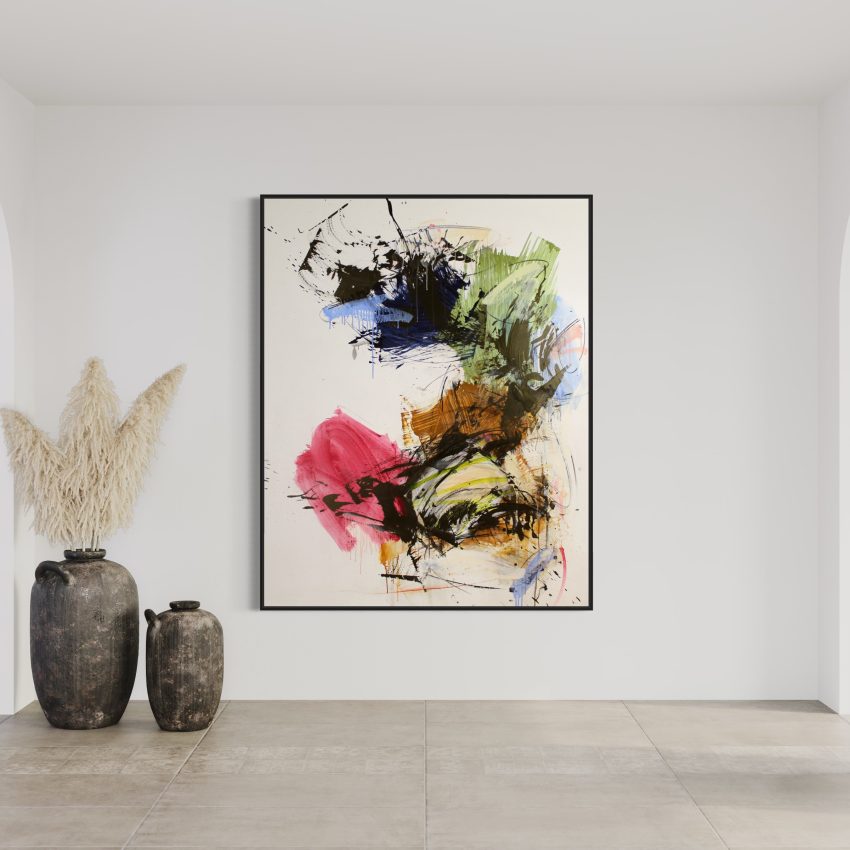Exploring the Rich Tradition of Japanese Art & Print
Japanese art, spanning from ancient pottery to modern manga, reflects the nation’s rich history and cultural evolution. Early aesthetics like Syncretic Buddhist Art, Miyabi, Wabi-Sabi, Shibui, and Jo-ha-Kyu continue to influence Japanese art and culture.
Over centuries, Japanese art has evolved through periods of isolation and exposure to foreign influences, resulting in a dynamic fusion of traditions.
Join us on a journey through time as we explore traditional Japanese art forms, from ancient roots inspired by nature to contemporary works blending East and West.
Unravel the symbolism and hidden depths within each masterpiece, experiencing art as a gateway to understanding a culture’s soul and ancestral echoes.
Influences
Buddhist Art & Sculpture
The roots of Japanese art trace back to the earliest human habitation in Japan, around the 10th millennium BCE. Buddhist sculpture and art profoundly influenced Japanese artistic expression during the 7th and 8th centuries, coinciding with the introduction of Buddhism to Japan.
This period marked a cultural and artistic revival, as artists embraced new techniques and themes inspired by Buddhist rituals and beliefs.
Sculpture, pottery, and ink painting became mediums for conveying spiritual concepts and depicting Buddhist deities and narratives.
Consequently, Buddhist art became integral to Japanese art, blending spiritual and aesthetic values within its rich tradition.
During the 9th century, Japanese Buddhist sculpture underwent a significant transformation that reflected broader cultural shifts and artistic preferences.
This period saw a departure from earlier influences of stucco or bronze Tang models, as Japanese sculptors began to embrace natural, unpolychromed woods as their medium of choice.
This shift was not isolated but rather part of a larger movement towards indigenous artistic expressions and materials.
It also represented a deeper connection to Japan’s natural environment and an emphasis on craftsmanship and tradition.
As a result, sculptures from this period integrated ancient iconographic forms with Japan’s existing reverence for wood, giving rise to artworks that were both culturally rooted and aesthetically distinctive.
Buddhist Musical Cultural Influences on Japanese Artistic Traditions
During Japan’s early historical period (6th to 7th centuries), a vibrant cultural exchange with neighboring regions introduced various musical instruments and performance styles.
These included drums, gongs, flutes, and stringed instruments like the biwa and koto.
These instruments formed the orchestras for the ceremonial court music of the 7th century, known as gagaku, which is still performed today at the Imperial court, temples, and shrines.
Buddhism also introduced rhythmic chants, influencing vocal music such as the haunting melodies of Noh theater.
Chinese Art & Asian Art
Japanese art has been significantly influenced by Chinese and broader Asian artistic traditions throughout its history. Initially, Japanese artists adopted techniques, aesthetics, and philosophical concepts from China, particularly during periods of cultural exchange.
Chinese ink painting, calligraphy, and ceramics were among the most influential imports, providing foundational elements that Japanese artists adapted to their own context.
Additionally, Japan’s proximity to other Asian regions facilitated exchanges that enriched its artistic landscape.
Buddhist art, originating from India and transmitted through China, brought iconographic motifs and sculptural styles that became integral to Japanese expression.
Similarly, interactions with neighboring countries like Korea contributed to the exchange of ideas and techniques. While Japanese art has distinct characteristics, it shares motifs, conventions, and philosophical roots with Chinese and broader Asian art.
This interconnectedness has led to a synthesis of artistic expression in Japan that reflects its cultural diversity and historical legacy.Influential Japanese Artists throughout History.
Broader Asian Influences: From Temples to Pagodas
Hōryū-ji Temple, a revered architectural masterpiece in Japan, embodies rich religious and artistic history intertwined with broader Asian influences.
Built in the 7th century as Crown Prince Shōtoku’s private temple, its 41 buildings showcase centuries of craftsmanship and spiritual dedication.
At its core stand the Kondō, or Golden Hall, and the Gojū-no-tō, a majestic Five-story Pagoda, exuding serenity and reverence.
Reflecting historical ties with continental Asia, particularly China, the temple’s design blends foreign influences with indigenous Japanese craftsmanship, underscoring cross-cultural exchanges that shaped Japanese artistic traditions and its architectural legacy in broader Asian art and culture.
Secular Arts and Transition Away from Chinese Influence
By the 9th century, Japan began to distance itself from Chinese cultural dominance, seeking to develop indigenous forms of artistic expression.
This period witnessed the growing importance of secular arts, signaling a shift away from the religious-centric focus of previous centuries.
Both religious and secular arts flourished until the late 15th century, when Japan plunged into a period of political and social upheaval following the Ōnin War.
Religious Art in Japanese Culture
Religious art in Japanese culture has undergone a captivating evolution, mirroring shifts in cultural and spiritual beliefs over time.
While Japanese adaptation retained certain features from external influences, there was also a simultaneous trend towards creating easily approachable deities.
This often involved elevating ancillary deities like Jizō Bosatsu (Sanskrit: Kshitigarbha bodhisattva) or Kannon Bosatsu (Avalokiteshvara) to higher levels of cult devotion.
Through these figures and their iconography, the inherent compassion of supreme deities found expression, contributing to the evolving landscape of religious art in Japan.
Significant Artists in Japanese Art History
Japanese art history is rich with influential artists who have left a lasting impact on the global art scene.
Some of the most significant Japanese artists in history, spanning various artistic mediums and periods:
Katsushika Hokusai (1760–1849) – Renowned for his ukiyo-e woodblock prints, including the iconic “Thirty-Six Views of Mount Fuji,” which features “The Great Wave off Kanagawa.”
Kitagawa Utamaro (1753–1806) – A master of ukiyo-e, Utamaro is celebrated for his elegant and detailed portraits of women, capturing the essence of beauty and grace in the Edo period.
Tawaraya Sōtatsu (early 17th century) – Noted for his innovative techniques in Japanese painting, Sōtatsu played a pivotal role in the development of the Rinpa school of painting, characterized by bold compositions and vibrant colors.
Ogata Kōrin (1658–1716) – A prominent artist of the Rinpa school, Kōrin is known for his decorative and stylized compositions, often featuring nature motifs and bold patterns.
Yayoi Kusama (born 1929) – A contemporary artist known for her avant-garde works across various mediums, including sculpture, painting, and installations, with her signature polka dots and immersive Infinity Mirror Rooms.
Hiroshige (1797–1858) – A master of ukiyo-e landscape prints, Hiroshige is celebrated for his series “One Hundred Famous Views of Edo” and “The Fifty-three Stations of the Tōkaidō,” capturing the beauty of Japanese landscapes and everyday life.
Yokoyama Taikan (1868–1958) – A leading figure in modern Japanese painting, Taikan is known for his expressive landscapes and bold use of color, blending traditional Japanese techniques with Western influences.
Yosa Buson (1716–1783) – A haiku poet and painter of the Edo period, Buson’s works often depict scenes from nature, infused with a sense of tranquility and poetic elegance.
Kōgyo Tsukioka (1869–1927) – A prominent figure in the Meiji era, Kōgyo is celebrated for his contributions to kabuki theater, particularly his meticulously detailed kabuki actor prints and stage designs.
Maruyama Ōkyo (1733–1795) – A leading figure in the development of modern Japanese painting, Ōkyo combined traditional Japanese painting techniques with Western realism, paving the way for future artistic innovations.
MODERN JAPANESE ARTIST
Miyazaki Hayao stands out as a modern titan whose animated creations, such as My Neighbor Totoro and Spirited Away, transcend cultural barriers and enchant viewers with their whimsical narratives and breathtaking visuals.
His ability to blend folkloric elements with profound themes resonates deeply with both children and adults alike.
Additionally, Yayoi Kusama’s avant-garde installations challenge conventional notions of space and identity while embracing themes of infinity and repetition.
Her polka-dotted works evoke a sense of boundless creativity that speaks to the interconnectedness of humanity in an increasingly fragmented world.
Japanese artists continue to captivate audiences worldwide. The emphasis on nature, spirituality, and meticulous craftsmanship has defined Japanese artistry through the ages.
The Influence of Japanese Culture: Nature, Symbols, and Spiritualism
At the heart of Japanese wall art lies a deep connection to nature, as seen in motifs inspired by cherry blossoms, white plum blossoms, pagodas, and torii gates.
These symbols not only serve as decorative elements but also carry profound cultural and spiritual significance.
Moreover, Japanese wall art often draws inspiration from Buddhist spirituality, with themes of enlightenment and transcendence woven into the fabric of each artwork.
Another pervasive characteristic of Japanese art is its profound connection to the natural world, seen as a wellspring of spiritual insight and a reflective mirror of human emotions.
This understanding predates Buddhism and is rooted in an indigenous religious sensibility, particularly evident in Shinto beliefs.
According to this worldview, nature is imbued with spiritual essence, with rock outcroppings, waterfalls, and ancient trees being perceived as the dwellings of spirits and embodiments of divine presence.
This belief system bestowed upon nature a sense of sacredness and imbued it with numinous qualities, fostering a deep sense of intimacy and trust in its benevolence.
The cycle of the seasons played a central role in shaping this spiritual connection, serving as a profound teacher of life’s impermanence and the inevitability of change.
Through observing the cyclical patterns of birth, fruition, death, and decay, individuals gained insight into the transient nature of existence.
This indigenous perspective on the natural world intersected with Buddhist notions of impermanence, resulting in a synthesis that enriched Japanese artistic expression.
Imported Buddhist teachings on the transient nature of existence found resonance in the indigenous reverence for nature’s cycles, merging seamlessly to form a holistic understanding of the world.
This fusion not only influenced artistic depictions of nature but also informed broader cultural attitudes toward impermanence, encouraging a profound acceptance of life’s ephemerality.
Thus, Japanese art became a poignant reflection of this symbiotic relationship between humanity, spirituality, and the natural world, inviting viewers to contemplate the profound mysteries of existence through its evocative imagery.
Different Mediums in Japanese Art: A Multifaceted Tapestry of Expression
From the polychromed sculptures of Japanese Buddhist deities to the intricate lacquerware and metalwork of the Muromachi period, Japanese art encompasses a wide range of mediums and techniques.
Each piece reflects the unique blend of influences from Chinese culture, Buddhist spirituality, and indigenous Japanese aesthetics.
As a cultural expression, Japanese wall art serves as a window into the country’s history, values, and artistic vision, captivating audiences around the world with its beauty and craftsmanship.
Ukiyo-e Art
Delving into the vast realm of Japanese art unveils a mesmerizing array of mediums that have captured the essence of cultural stories and artistic ingenuity.
One such medium, Ukiyo-e prints, exemplifies the exquisite blend of beauty and narrative within each delicate stroke. These woodblock prints not only showcase scenes from daily life or historical tales but also embody a meticulous craftsmanship that has influenced artists worldwide.
The intricate details in works by masters like Hokusai and Hiroshige transport viewers to a world where nature harmonises with human existence in an unparalleled visual symphony.
These prints, characterized by their vibrant colors and mass-produced nature, became a major form of artistic expression.
Despite painting’s traditional significance, ukiyo-e prints played a pivotal role in facilitating dialogue between Japan and the Western world during the 19th century, contributing to the global appreciation of Japanese art.
.
Calligraphy: The Dance of Ink and Poetry
In the dance of ink on paper, calligraphy emerges as another cornerstone of Japanese artistic expression—a marriage between written language and visual poetry that embodies grace, discipline, and spiritual depth.
From graceful brushstrokes composing haiku poems to powerful characters adorning scrolls with meaningful wisdom, calligraphy transcends its utilitarian purpose to become an art form revered for its ability to convey emotions through words made tangible.
In this evocative interplay between meaning and form lies the heart of Japan’s rich cultural tapestry—a testament to how different mediums intertwine to weave narratives that resonate across time and borders.
Elegance of Satsuma Ware: Craftsmanship in Ceramics
Moving beyond prints, ceramics hold a profound significance in Japan’s artistic heritage, with Satsuma ware standing out as a marvel of intricate designs and refined craftsmanship.
Originating from Kagoshima Prefecture, this pottery tradition transcends mere utility to become pieces of art that reflect the artisan’s dedication to perfection.
Each Satsuma creation tells a story—be it through elaborate floral motifs or traditional depictions—that whispers centuries-old wisdom preserved in clay-fired exquisiteness.
The tactile allure combined with symbolic meanings creates an irresistible charm for collectors and connoisseurs seeking both aesthetic pleasure and cultural enlightenment.
Aesthetics
In the realm of Japanese aesthetics, the concepts of sabi and wabi hold profound significance, shaping perceptions of beauty and design.
Sabi, often described as the beauty derived from age, encapsulates the notion that impermanence and decay can evoke a unique sense of aesthetic appreciation.
Objects weathered by time, displaying signs of mending and damage, are celebrated for the character and depth they acquire over the years. The cycle of life plays a pivotal role in sabi, as it adds a layer of meaning to the aesthetic, highlighting the interconnectedness of natural processes and the passage of time.
When paired with wabi, another fundamental aesthetic principle emphasizing simplicity and tranquility, sabi takes on a deeper resonance.
Together, wabi and sabi create a harmonious aesthetic that values the inherent beauty found in simplicity and imperfection.
This synergy suggests that elaborate designs and embellishments are unnecessary when the natural processes of aging and simplicity can evoke a profound sense of beauty and tranquility.
In essence, wabi and sabi advocate for a minimalist approach to design, where every simple piece developed does not require a complicated design to convey its aesthetic significance.
Thus, the integration of wabi and sabi into Japanese aesthetics reflects a profound appreciation for the beauty of simplicity and the passage of time
Japanese Wall Art & Traditional Japanese Art Prints
Japanese wall art encompasses a diverse array of art forms that reflect the rich cultural heritage and aesthetic sensibilities of Japan.
From traditional Japanese painting to contemporary art movements, the history of Japanese art is a testament to the country’s artistic evolution over centuries.
Among the most notable art forms is ukiyo-e art, characterized by its vibrant colors and intricate woodblock printing techniques.
Ukiyo-e artists like Utagawa Hiroshige and Utamaro have left an indelible mark on Japanese visual culture, with their iconic prints depicting scenes of everyday life and natural landscapes.
One of the defining features of this art is its ability to capture the essence of Japanese culture and history.
From the serene beauty of Heian period screen paintings to the dynamic energy of modern Japanese artwork, each piece reflects a unique perspective on Japanese life and society.
Contemporary artists like Yayoi Kusama continue to push the boundaries of Japanese artistic expression, blending traditional techniques with innovative approaches to create visually stunning works of art.
Art prints, whether framed or displayed as hanging scrolls, serve as both decorative accents and cultural artifacts.
These artworks often feature motifs inspired by nature, such as cherry blossoms and white plum blossoms, as well as iconic symbols like pagodas and torii gates.
Traditional Japanese art prints, known as ukiyo-e, are particularly revered for their intricate woodblock printing techniques and vibrant colors, capturing the beauty and essence of Japanese life.
Whether rendered in traditional mediums like ink and wash painting or through modern digital prints, Japanese wall art celebrates the country’s rich artistic heritage and enduring aesthetic traditions.
The Tokugawa Period: Patronage and Innovation in Japanese Art
The Tokugawa period (1603-1868) marked a transformative era in Japanese history, characterized by relative political stability and economic prosperity under the rule of the Tokugawa shogunate.
This period witnessed significant developments in Japanese art, as the patronage of the ruling class and the emergence of a wealthy merchant class fueled artistic innovation and creativity.
During the Tokugawa period, Japan experienced a flourishing of artistic expression across various mediums, including painting, ceramics, and woodblock printing.
Artists such as Hokusai and Hiroshige gained prominence for their ukiyo-e prints, which depicted scenes of urban life, landscapes, and kabuki actors with vivid colors and meticulous detail.
The popularity of ukiyo-e prints extended beyond Japan, influencing Western artists and contributing to the broader dialogue between East and West in the 19th century..
Furthermore, the Tokugawa period saw the refinement of traditional Japanese arts such as tea ceremony, flower arrangement (ikebana), and calligraphy.
These arts were not only practiced by the elite but also became accessible to a broader segment of society, reflecting the ethos of cultural refinement and sophistication that permeated Tokugawa-era Japan.
In addition to traditional arts, the Tokugawa period also witnessed the introduction of new artistic techniques and styles from abroad, particularly from China and the West.
Chinese-inspired motifs and designs influenced Japanese ceramics and lacquerware, while Western-style oil painting and perspective techniques were adopted by Japanese artists trained in Dutch studies (rangaku).
Impact of Western Influence on Modern Japanese Art Movements
Modern Interpretations: From Yayoi Kusama to Contemporary Art Movements
Initially, the Japanese embraced Western art forms with enthusiasm, symbolized by the establishment of the Technological Art School in 1876.
This institution, staffed with Italian instructors, aimed to impart Western artistic methods to Japanese students.
However, a significant shift occurred in response to this Western influence, led by figures like Okakura Kakuzō and the American Ernest Fenollosa.
They advocated for a return to traditional themes and techniques while adapting them to contemporary tastes.
This approach not only preserved Japanese artistic heritage but also facilitated the spread of Japanese art beyond national borders.
By the years preceding World War I, the influence of Japanese art had extended to cities as diverse as Calcutta, London, and Boston, marking a testament to the enduring appeal and relevance of traditional Japanese artistic principles.
The intricate dance between traditional Japanese aesthetics and the bold strokes of Western influence has shaped a vibrant landscape in modern Japanese art movements.
From the Meiji era’s keen adoption of European techniques to the avant-garde expressions influenced by post-war American art, Japan’s artistic evolution bears witness to a fusion that transcends mere imitation.
Artists like Katsushika Hokusai and Yayoi Kusama navigated these cross-cultural currents with finesse, creating works that are both distinctly Japanese yet globally resonant.
In exploring this dynamic exchange, one cannot overlook how seminal events like the opening of Japan to trade in the mid-19th century sparked a renaissance in artistic expression.
Embracing perspectives from Impressionism to Abstract Expressionism, Japanese artists found new ways to interpret their cultural heritage through a contemporary lens.
This synthesis gave birth to movements such as Sōsaku-hanga (creative prints) and Gutai group, pushing boundaries and challenging conventional norms within the art world.
The dialogue between tradition and innovation continues to thrive today, as artists redefine what it means to be rooted in Japan while reaching outwards for inspiration across horizons.
Contemporary Trends in Japanese Art Scene & Modern Art
In recent years, the landscape of Japanese art has been marked by a remarkable fusion of traditional techniques with innovative and experimental approaches. Artists are pushing boundaries, redefining conventions, and challenging perceptions to create bold new forms of expression that resonate globally.
One prominent trend is the revival of ancient art forms such as ukiyo-e woodblock prints, which are being reinvented through digital manipulation and modern interpretation.
This marriage of old and new not only breathes fresh life into historical practices but also underscores Japan’s ability to embrace its rich cultural heritage while embracing technological advancements.
Moreover, contemporary Japanese artists are increasingly using their works to address pressing social issues and explore complex themes such as identity, globalization, and environmental sustainability.
Through multimedia installations, performance art pieces, and interactive exhibits, they engage directly with audiences on topics that transcend borders and speak to universal human experiences.
This socio-political consciousness embedded within artistic creation adds layers of depth and relevance to the modern Japanese art scene – bridging tradition with contemporary concerns in a poignant reflection of our changing world.
Furthermore, the influence of modern art movements from the West has also permeated the Japanese art scene, leading to the emergence of new avant-garde styles and experimental techniques.
From abstract expressionism to pop art-inspired creations, Japanese artists are incorporating elements of Western modernism into their works, resulting in a dynamic and eclectic artistic landscape that defies categorization.
This cross-cultural exchange not only enriches the diversity of Japanese art but also fosters dialogue and collaboration between artists from different backgrounds and traditions.
As collectors worldwide take notice of these thought-provoking creations, Japanese artists continue to make waves on the global stage by staying true to their roots while adapting fearlessly to evolving artistic landscapes.
Conclusion
In summary, the range of Japanese visual art is extensive, encompassing a multitude of styles, mediums, and aesthetic sensibilities.
From the delicate brushwork of traditional ink paintings to the vibrant colors of ukiyo-e prints, Japanese art offers a rich tapestry of artistic expression that spans centuries.
However, amidst this diversity, some elements may appear truly antithetical, highlighting the dynamic tension between tradition and innovation, simplicity and complexity, restraint and extravagance.
This juxtaposition serves as a testament to the complexity of Japanese culture and the enduring evolution of its artistic traditions over time.
Ultimately, the beauty of Japanese visual art lies in its ability to transcend boundaries and capture the essence of the human experience in all its richness and complexity.
By exploring the multifaceted nature of Japanese art, we gain a deeper appreciation for the cultural heritage and artistic ingenuity of Japan, inviting us to embark on a journey of discovery and enlightenment through the visual wonders it has to offer.
Timeline
1. Prehistoric Japan (10,000 BCE – 300 BCE):
– Jomon Period: Known for pottery with cord-marked patterns.
2. Ancient Japan (300 BCE – 538 CE):
– Yayoi Period: Introduction of metalworking and rice cultivation; emergence of burial mounds (kofun).
3. Asuka Period (538 – 710):
– Introduction of Buddhism from Korea and China; early Buddhist sculptures and temple architecture.
4. Nara Period (710 – 794):
– Establishment of the capital in Nara; construction of monumental Buddhist temples and sculptures.
5. Heian Period (794 – 1185):
– Flourishing of court culture; development of yamato-e painting and literary arts like the Tale of Genji.
6. Kamakura Period (1185 – 1333):
– Rise of the samurai class and the Kamakura shogunate; emergence of Zen Buddhism; growth of Zen ink painting (sumi-e) and Zen gardens.
7. Muromachi Period (1336 – 1573):
– Onin War and Sengoku period; establishment of Ashikaga shogunate; development of tea ceremony (chanoyu) and associated arts like ceramics (Raku ware).
8. Azuchi-Momoyama Period (1573 – 1603):
– Unification of Japan under Oda Nobunaga and Toyotomi Hideyoshi; growth of castle architecture and tea culture.
9. Edo Period (1603 – 1868):
– Tokugawa shogunate rule; peace and isolation from the outside world; development of ukiyo-e prints, kabuki theater, and bunraku puppetry.
10. Meiji Period (1868 – 1912):
– Restoration of imperial rule; rapid modernization and Westernization; adoption of Western artistic techniques and styles.
11. Taisho Period (1912 – 1926):
– Cultural flourishing and experimentation; emergence of modernist movements in art and literature.
12. Showa Period (1926 – 1989):
– Rise of militarism, World War II, and subsequent recovery; diversity and experimentation in post-war art movements.
13. Heisei Period (1989 – 2019):
– Technological advancements and globalization; continuation of diverse artistic expressions and movements.
14. Reiwa Period (2019 – present):
– Recent developments in contemporary art, including digital media, installation art, and global collaborations.
This timeline provides a broad overview of Japanese art history, highlighting major periods and trends from prehistory to the present day.





